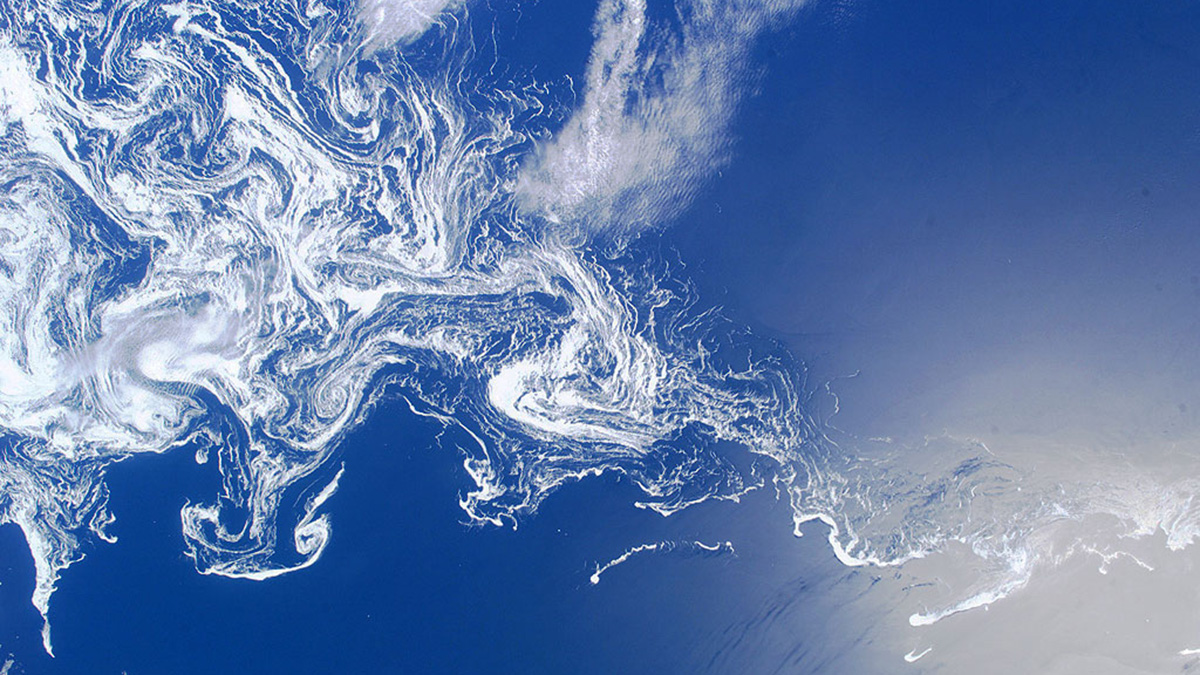Scientists suggest that two strains of endospores located more than 4,000 kilometers away from one another originated in the same place: along the Mid-Atlantic Ridge.
Labrador Sea
Local Fishers Help Uncover Coral Clinging to Underwater Cliffs
Their knowledge led to more accurate seafloor maps and a hidden trove of biodiversity in the Labrador Sea.
Gulf Stream Closes the Valve of the Labrador Current
Virtual particles released in the Labrador Current revealed that the westward penetration of the current into the shelf seas is inhibited by warm core rings emanating from the Gulf Stream.
Oxygen Levels Measured in a Lung of the Deep Ocean
The Labrador Sea “inhales” oxygen and supplies it to deep-sea life across the world. But its breath could be threatened by climate change.
Mapping a River Beneath the Sea
A recent expedition mapped one of the world’s longest submarine channels, revealing previously undiscovered physical features and raising questions about its unusual origin and shape.
Larger Role for Shallow Intermediate Waters in Ocean Circulation
Water masses formed off southeastern Greenland may contribute more than previously thought to the variability of the Atlantic Meridional Overturning Circulation, which strongly influences global climate.
North Atlantic Circulation Patterns Reveal Seas of Change
New evidence suggests the eastern Atlantic may be the site of major overturning.
How the Deep, Cold Currents of the Labrador Sea Affect Climate
Seventeen years of ocean current data link global atmospheric and oceanic circulation.
Arctic Survey Hunts for Missing Nitrogen and Phosphorus
A new survey of ocean waters flowing in and out of the Arctic may shed light on how dissolved organic nitrogen and phosphorus contribute to nutrient cycling in the Arctic.









